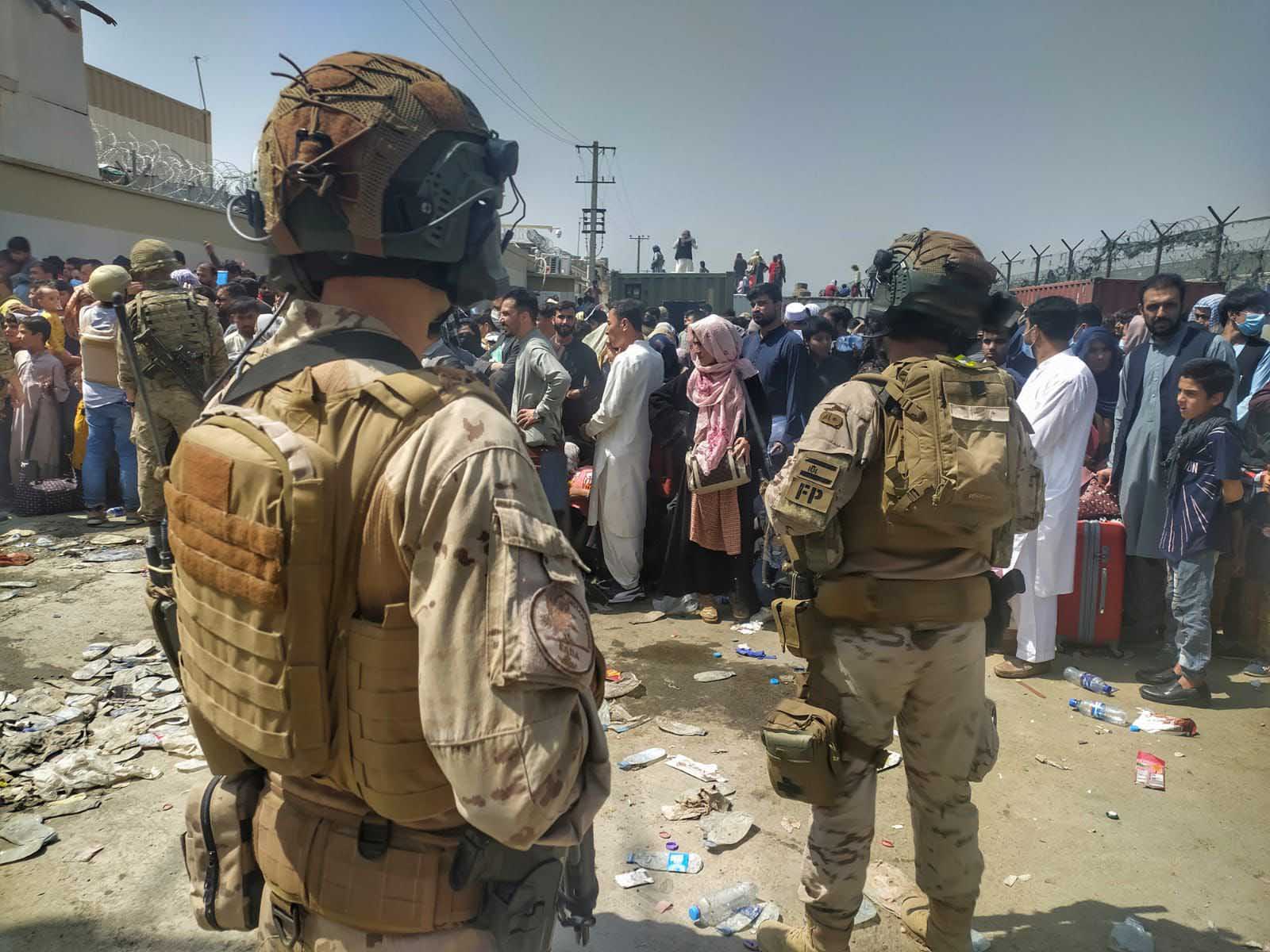
Interview with a member of the EADA
" You suffer but you pass, if you are a pupa this is not your place , it is a demanding unit..."

First of all, we remind you that you can participate in these interviews by accessing our Discord channel. That said, we leave you a brief presentation of the EADA colleague whom we have had the pleasure of interviewing, we hope you like it and we read it in the comments section.
"Good morning, I hope I can answer your questions as best as possible. My military career, upon leaving the ETESDA, which is the Air Force school where you previously undergo general military training before going to your destination, I went directly to the EADA ( (Air Deployment Support Squadron.) That said, my arrival to the unit in 2010 was tough, like any new recruit to an operational unit, but it has been an honor to serve and learn alongside the people I have encountered. crossed. I have learned from everyone, colleagues from the unit itself, colleagues from other units or armies, etc. I have carried out 4 deployments in Afghanistan , as a Raven (UAV) operator, CCT (COMBAT CONTROL TEAM) assistant, the work of this It is an air traffic controller but at the foot of the runways, without a tower, equipped and with a radio, to be able to give way to aircraft such as helicopters or planes for landing on unprepared runways. My next deployment was AMPT (AIR MOBILE PROTECTION TEAM) these were He is in charge of the security of Spanish aircraft when they land in unsafe areas and my last deployment in Afghanistan was as CPT (VIP ESCORTS) in this case of the Colonel in charge of the air detachment force.
My next deployments have been in Africa several times in Libreville and many others in Senegal, both as AMPT, the next one is on March 12 and in this case we are going to instruct the Senegalese special forces as CPT and so on to this day.
There are many courses, the basic skydiving course is mandatory since you occupy a parachutist position and that is why an additional fee is charged, that is... if this scares you, this is not your place, then you have the manual opening parachutist course, you will know the differences. HALO/HAHO course escort course... and many more such as canine guide courses for both explosives and combat."
We now start with the questions proposed by the members of the Discord channel .
1- Why did you choose EADA?
I chose the EADA because of its proximity, and because like many of you we have the vocation of being in an operational unit, reaching our limit, etc. Murcia, for example, is very far away from me and in some way I wanted to continue with my life as much as possible.
2-What is the initial EADA instruction like?
I'm not going to go into this much, it's hard, you go hungry, thirsty and cold, you suffer and you learn many things that any self-respecting soldier should know.
Whoever comes to the unit will discover it.
3-What motivates you most every day as a member of the EADA?
Well, the military career, the courses I have, some of them I can only take at the EADA, motivates me to be a good soldier, to see the young recruits and to be able to teach them what we know, so that tomorrow we have competent people in unity.
I want to clarify something, subject to courses, the only one you are guaranteed is the automatic parachutists, then depending on your destination within the squadron you will have preference in one or the others.
4- Do you usually go out of maneuvers a lot?
Yes, constantly, some sections more than others. If your specialty is PFA, yes, it leaves a lot, in addition to leaving in the afternoon or at night depending on the needs of the aircraft that are launched to us to comply with their PAB.
5- Is it a good destination to promote?
That does not depend on the destination, it depends on you, for the specific troop, if it is a good destination, because a year in the EADA scores more than in other destinations (as long as you are promoted within the same scale, for example from soldier to corporal). ), courses and other things.
If you want to be promoted to non-commissioned officer, it's up to you... I have colleagues who have gotten it while they were with me in the section because they really wanted it.
6- What is day-to-day life usually like at the Unit?
Let's see, here I am going to talk about my section specifically, although almost the entire squadron works the same.
First thing in the morning, sport (no excuses) if you are a pupa, go somewhere else , then we have theory or practice, some days there is shooting and otherwise parachute jumping (the latter takes precedence above all).
7- What is the perfect physical form for EADA?
This question... the physical shape for the EADA is like that of any self-respecting soldier, healthy and athletic, who can run, who can train and who can carry his equipment.
8- Once you have passed the academy at ETESDA, what physical and mental demands are there to get the beret?
The demand is very high, but nothing impossible, and this is relative.
Not everyone has the same cost.
9- Does the EADA go on missions a lot?
It is the air force unit that goes on mission the most, right now we have personnel deployed in Lithuania, Bulgaria, Senegal, Mali as well as training in Tunisia, Senegal, Cape Verde, although the latter is not considered a mission and usually lasts 4 weeks. Missions at EADA last 3-4 months.
10- If I want to be promoted to non-commissioned officer, do I have to leave the EADA and then re-enter by passing the training again?
That's right, if you return you must pass the training period as a non-commissioned officer again, and it is absolutely different, among other things you are required to have command skills.
11- Does EADA have JTAC members or other specialties?
The EADA has two JTAC, JTAC is not a specialty, it is a training.
12- Have you done joint maneuvers with SEADA and EZAPAC? How would you rate the level? They say that in EZAPAC, since it is accessible from the street, there is not as much professionalism.
This question, with all my respect, is bullshit, EZAPAC is a unit that must be given the respect it deserves, when you arrive new obviously just like in any other unit you are a chicken who doesn't know anything. But EZAPAC forces you to pass their instruction period based on their work and missions, do not forget that they are green berets.
I have not worked with SEADA.
13- In the missions you have gone on, which would you say has been the most dangerous? What does it feel like mentally and physically to face a situation that can end in the worst way?
Well, I am going to answer this question briefly, there are complicated missions, such as landing on an unprepared runway in Africa and the plane breaks down, the repair can take days and in that case you are an easy target, the work of AMPT it's like that...
14- What did you feel on your first skydiving launch? How often do you jump, does it continue to impress you ?
Well, personally I was not very aware, in the automatic you find out little, in manual opening it is wonderful, but you enjoy it after the 3 or 4 jump that you are aware of what you are doing, the sensation personally is unbeatable, every time When I see a plane I get on to jump.
Well, we jump almost weekly, but it is true that many jumps are canceled due to bad weather in Zaragoza, the wind is very forgiving. You get used to jumping, but it continues to impress you.
15-What different sections does the EADA have?
Ugh many... I'll leave some for sure:
Security Section, NBCR, protection systems (these are the UAV operators), EOD, Cynological Section, mistral section (anti-aircraft artillery also against UAS) these have a mechanics section, sword section (long-range anti-aircraft artillery) this is linked with an air radar section to detect the threat, automobile section, gunsmiths, communications, folding room (automatic parachute opening, manual opening, folded by the jumper), health section, Loads (they make the loads that are going to go up on a plane or if they are going to be launched, they make the load with their parachutes so that they can be launched from a plane. SMD section, the latter are the ones who set up the deployment tents wherever we go...
16-What do you like most and least about EADA?
Well, for me personally, jumping or being in a team of precision shooters, which is also a unit that never stops improving and learning, the NEO missions, which is the rescue of personnel, as you saw in Kabul, we also did it in Libya and some more sites
The least, sometimes excess work but, it is what it is.
17- Do you consider that to be a CCT Operator or any operational section of the EADA that you have to dedicate all your time to it, leaving your personal/social life aside if necessary?
No, it is sacrificial but not to the point of leaving your life aside
18- How would you say/rate your time at EADA has been?
This is a personal opinion, for me it is unbeatable, I have a good military career, there are people who would not think the same.
19- Would you say that the EADA equipment is outdated/obsolete in terms of current military equipment?
The EADA material is the best we have in the army without a doubt... when you do joint maneuvers, you realize it.
20- What is learned in the shooter course, is it easy to access?
In the Air Force there is no such course, there is an international one or the section itself that is in charge of that, gives a course, you learn what is necessary to make an accurate shot...
As I said, it is not a course and you fall into the shooters section, no, it is not easy, first you have to go to the security section and then over time, shoot well, in good physical shape...
21- What advice would you give to those who want to enter the EADA?
Prepare them mentally and physically, you suffer but you pass, if you are a pupa this is not your place, it is a demanding unit where everyone must pass instruction period 1 and 2, 2 is given in the target sections, you They teach how to use various material, 2 is purely technical and they only do it for those who have passed 1, what has been said to enter the unit what you need are eggs.
We hope you liked it and you know, if you want to participate in the next interview, go to our Discord channel .
If you want to enter the Military Academies of Officers and Non-Commissioned Officers (both in the Direct Access modality and in Access by Promotion) consult sermilitar.com the material available to prepare access or visit the online store purchase.sermilitar.com
Tactical material in sermilitar.store
News
-
Riñonera Protean pouch - Pentagon
Original price €28,99 - Original price €28,99Original price€28,99€28,99 - €28,99Current price €28,99La riñonera protean pouch de la marca Pentagon está fabricada en Nylon 400D ripstop resistente al agua, cremalleras YKK® y hebillas Woojin®. Su dis...
View full detailsOriginal price €28,99 - Original price €28,99Original price€28,99€28,99 - €28,99Current price €28,99 -
Saco de dormir Mummy sleeping bag - Pentagon Tac Maven
Original price €65,99 - Original price €65,99Original price€65,99€65,99 - €65,99Current price €65,99El saco de dormir mummy sleeping bag de la marca hermana de Pentagon, Tac Maven está fabricado en materiales de primera calidad como tejido Ripstop...
View full detailsOriginal price €65,99 - Original price €65,99Original price€65,99€65,99 - €65,99Current price €65,99 -
Bolsa de descarga Dump Bag Short - Templars Gear
Original price €45,99 - Original price €45,99Original price€45,99€45,99 - €45,99Current price €45,99La bolsa de descarga dump bag short de la marca polaca Templars Gears está fabricada en materiales de primera calidad. Tiene un diseño práctico y v...
View full detailsOriginal price €45,99 - Original price €45,99Original price€45,99€45,99 - €45,99Current price €45,99 -
Riñonera Velcro Utility pouch - Clawgear
Original price €44,99 - Original price €44,99Original price€44,99€44,99 - €44,99Current price €44,99La riñonera drop down velcro utility pouch de la marca austriaca Clawgear está fabricad en Cordura 500D con tratamiento NIR para reducir la marca i...
View full detailsOriginal price €44,99 - Original price €44,99Original price€44,99€44,99 - €44,99Current price €44,99 -
Riñonera táctica EDC G-Hook Small Waistpack - Clawgear
Original price €45,99 - Original price €45,99Original price€45,99€45,99 - €45,99Current price €45,99La riñonera táctica EDC G-Hook small waistpack de la marca austriaca Clawgear está fabricada en materiales de primera calidad como Cordura con trat...
View full detailsOriginal price €45,99 - Original price €45,99Original price€45,99€45,99 - €45,99Current price €45,99

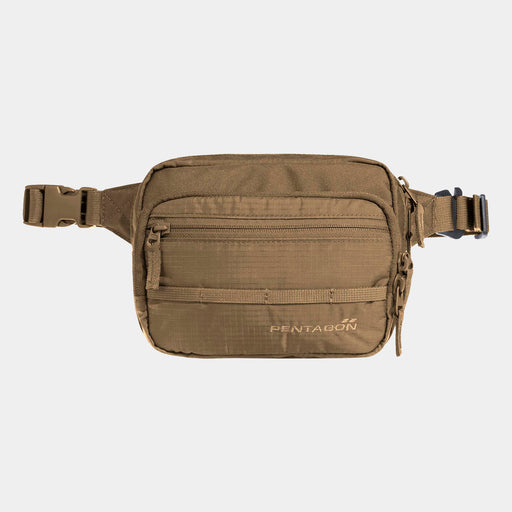
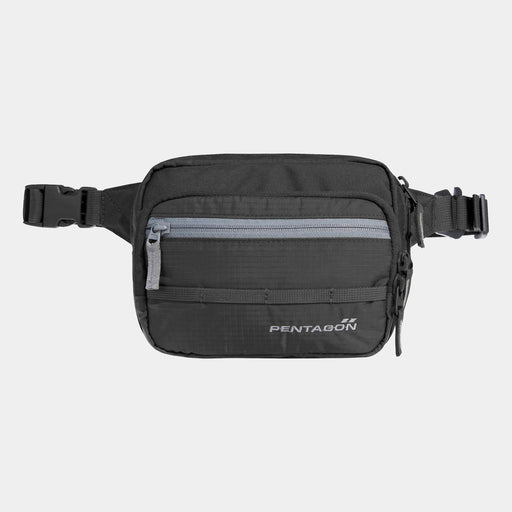
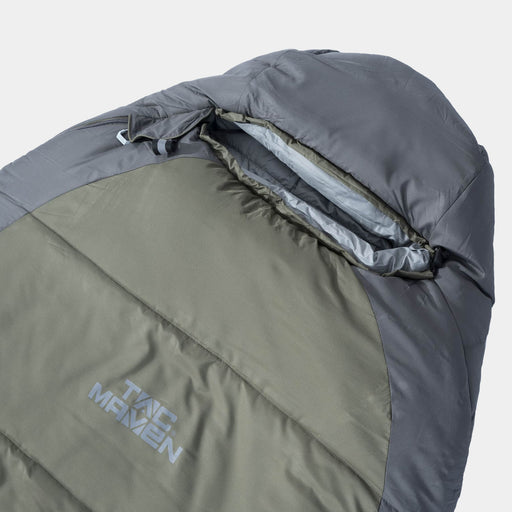
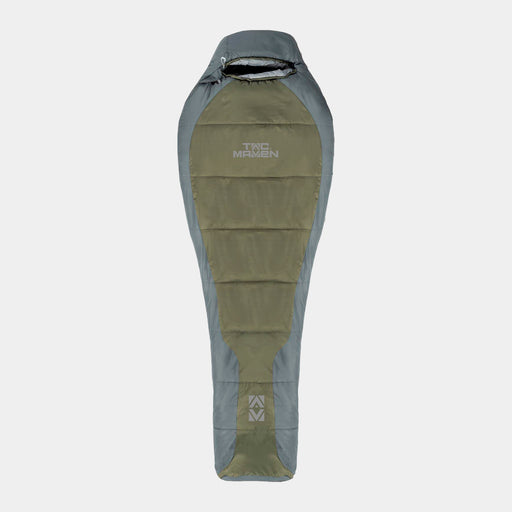
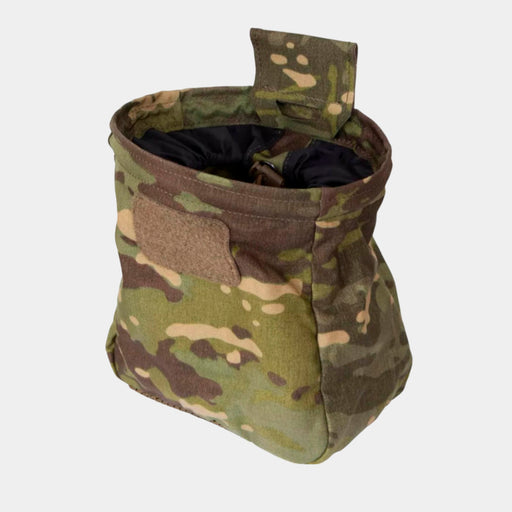
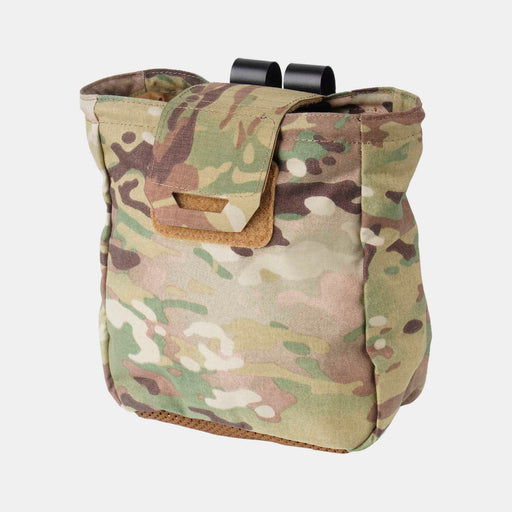
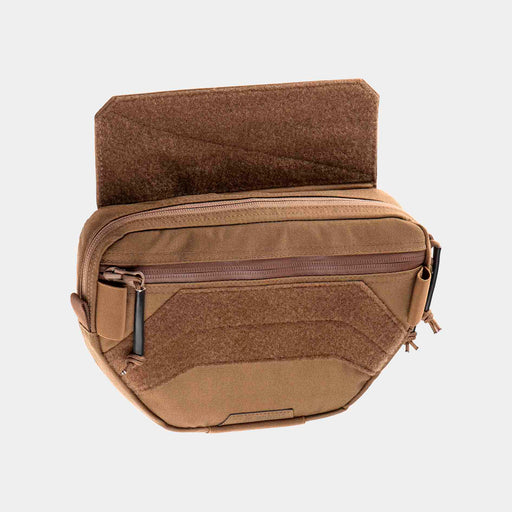
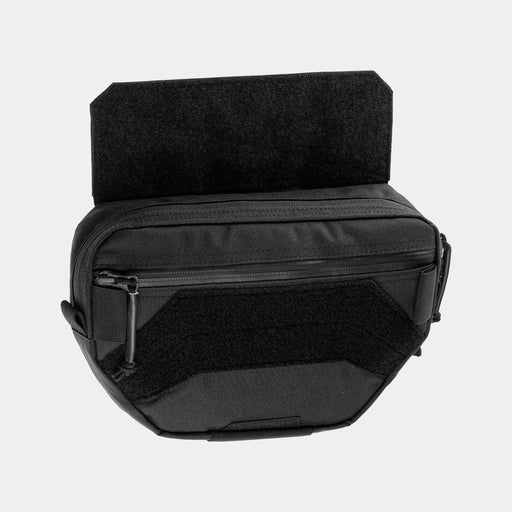
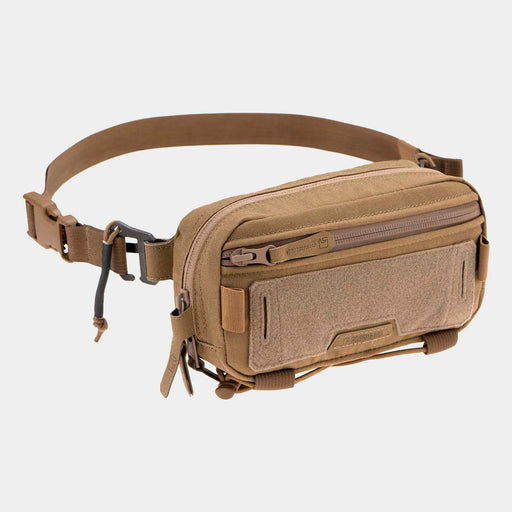
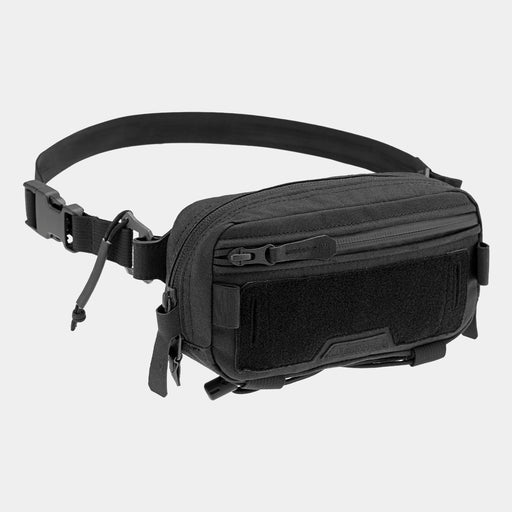
Comments
Leave a comment